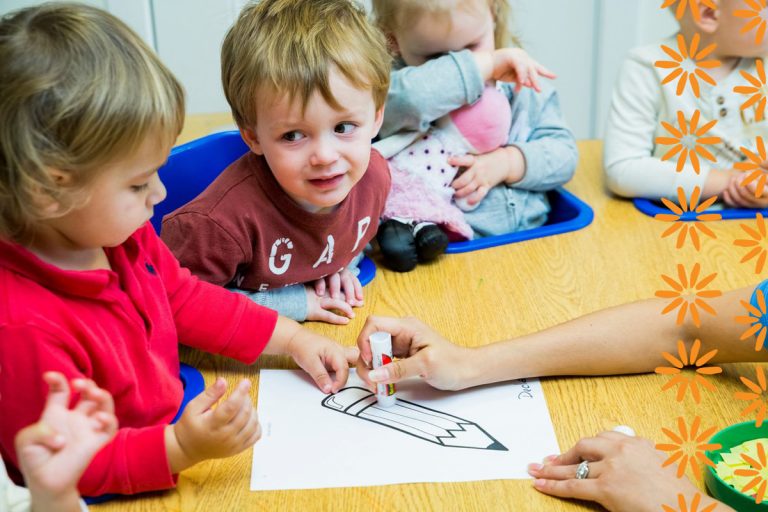Country of the Month: Ecuador!

As you anxiously await for your nine-hour flight to Ecuador to finally land, you review what you know about this country. You remember that it is culture-packed, diverse, and full of history! That it has a history of making large contributions to the environmental sciences, and that this region boasts a beautiful tropical climate and is home to the two major cities of Guayaquil and Quito. Suddenly you realize that’s it! That’s all you know because you forgot to read this blog post! Your child asks what new food you will try, and you start to sweat… Avoid this whole situation by preparing yourself and reading this blog post to learn more about our Country of the Month!
History
The Amerindians were the first known settlers of Ecuador. They went on to join the Inca Empire, one of the most successful societies of its time but were eventually colonized by the Spanish in the 16th century. After years of exploitation and conflict, Ecuador won its independence from Spain in 1822 to form the Republic of Colombia, comprising of Colombia, Venezuela, and newly-independent Ecuador. Their union was short-lived as Ecuador decided to become fully independent in 1830. Over its history, Ecuador has experienced frequent turmoil, including political, economic, and military unrest, shaping its society.
Today, Ecuador is a unique place. People generally prefer to identify themselves with one of the 12 regions they live in, rather than the country as a whole. They are also proudly home to 14 different indigenous populations. The Quecha, or Kichwa, is the largest of them, residing in the southern region and in the Galapagos Islands. Due to a large number of indigenous civilians, Ecuador’s national language is not only Spanish but also Quechua! You can hear what Quecha sounds like here. Another unique thing about Ecuador is that Quito, the nation’s capital, has an elevation of 9350 feet, posing a problem for many tourists!
Food
You will find lots of plantains, quinoa, cassava, meat, and yuca in Ecuadorian dishes.
Corn is also a very important part of their cuisine as they grow 300 different varieties of it!
Encebollado
Considered the national dish of Ecuador, this hearty soup contains tuna, cassava, and onion, served with a side of plantains and white rice. You will find that this is most commonly a breakfast food!
Hornado
This yummy dish is a split roast pig usually prepared for large celebrations!
Ceviche
Many Latin American countries make this dish made with various seafood, lime, onion, and cilantro. In other countries, the acidity from the lime actually cooks the raw seafood but what makes ceviche unique in Ecuador is that the seafood is cooked first and also served with fried plantain slices.
Seco de Chivo
Chivo is goat in Spanish! The meat is marinated in beer, cooked thoroughly, and served with a side of rice.
Cuy
As you walk through the streets of Ecuador you may see something curious on the skillets of street vendors. It may look like a small pit roast pig, but cuy is Spanish for guinea pig. It is a very unique dish to the area and is a must-try.
Galapagos Islands
Ecuador is home to the beautiful Galapagos islands! These islands, closely studied by Charles Darwin as he explored the concepts of evolution, still hold much biodiversity today. For this reason and its widely varying landscapes, Ecuador is one of the 17 megadiverse countries. Sadly, the Galapagos are dramatically different than when Darwin began to study them due to climate change, negative human impact, and oil leaks harming local wildlife.
These islands are home to the marine iguana which can swim and forage underwater, giant tortoises that weigh as much as three men, and the famous Darwin finches. Watch this video to learn about some curious animals in the Galapagos, or share this post with your little one to learn about these animals together.
Typical Dress and Dance
Ecuador has many regional dances with their own traditional dance, clothing, and music to represent their regions. To perform is considered a great honor and people feel great pride to share their cultural dances with others. Women from the Imbabura region typically wear brightly colored and embroidered blouses. The dance from Pujili requires big, elaborate headdresses filled with feathers from native birds. Watch these dances here!
Staff
We would also like to recognize our staff from Ecuador! They have taught us so much about their rich culture and have made many positive contributions to our community. Thank you so much to these individuals who share their knowledge, smiles, and enthusiasm for education with us!
Ms. Gabriela: Lead Teacher
Ms. Beatriz: Aide Teacher
Ms. Sheila: Admin Assistant
Ms. Blanca: Kitchen
Ms. Rosa: Teacher Aide
Ms. Veronica: Lead Teacher
Ms. Brenda: Lead Teacher
Ms. Angie: Teacher Aide
Tomas: Facilities Manager
Ms. Lisbeth: Lead Teacher
Ms. Maria: Lead Teacher


